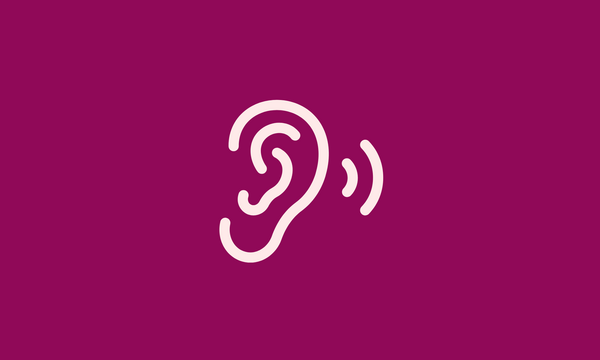
How Usability Testing Made Public Engagement More Intuitive
Jason Farra
May 14, 2019

Collab is a prototype digital engagement tool built by Digital Public Square (a Toronto not-for-profit) in partnership with Sidewalk Labs. The website explores how participation in community consultations could be more inclusive, fun, and interactive.
For this test, Code for Canada's inclusive user research team convened ten participants — each from a different ward and across a range of ages, backgrounds and tech skill levels — to try out Collab. The goal of the test was to see if the site provides an intuitive way for people to give feedback about programming in public spaces.
Testers tried out the tool by following a set of steps to provide input for an imaginary public space on a summer Saturday. They first chose out of a list what types of events they’d like to see in the space, such as a farmer’s market or yoga class, or created their own events. Testers could then see the trade-offs of the event (e.g., how many people it attracts versus cost) and compare the events they selected to other people’s choices.
Testers explored Collab however they wished, and proctors took notes on their interactions, comments, and other observations about the tool. Proctors followed up with additional questions to garner additional feedback.
Lots of valuable information about how residents use — and would like to use — Collab was gathered at the test, and the team at Digital Public Square and Sidewalk Labs were able to implement much of the testers’ feedback!
Results
Homepage

Testers generally liked the written content on the homepage, particularly the language about privacy. However, a number of users expressed a desire for simpler navigation options and a clearer call to action.
To address this, Digital Public Square added a menu to make it easier to navigate between sections. They also replaced the slideshow of images with a single graphic and moved the “Try Collab” button down from the top right to the centre of the page.
Artwork

The artwork on the Collab site previously showed a waterfront public space. However, some testers noted that this made it harder to imagine a tool like Collab being used in their own community.
As a result, the artwork was updated to instead show a park — a more ubiquitous form of public space.
Navigation

Testers had asked for more visual guidance on how to progress through the steps of Collab’s consultation tool. As well, some testers were frustrated by the user interface for reviewing their choices and comparing them to the events chosen by other users.
When reviewing and comparing their choices, testers said they wanted to filter the most popular events based on options such as age, but found the drop-down menus to be very easy to miss.
Additional visual cues and animations have since been added to Collab to make advancing through the steps more intuitive. The ‘Compare’ page was also redesigned to make the drop-down menus more visible.
What we learned
At Code for Canada, we really value continuous learning. Every test we run is an opportunity to discover how we might improve our processes, as well as the experience for our testers. Here are a few learnings we took away from our test with Collab
Signage is important!
It’s not always possible to post signage around our venues, indicating where the Code for Canada test is located. For this test, a lack of signage meant many testers had to call or text our team to find us. Going forward, if we’re not able to add sufficient signage, we’ll include more details (and possibly pictures) in our pre-test communications with participants.
Keep ’em posted
After the test, many participants asked us when Collab was going to launch; they were interested in seeing how the tool would evolve after their feedback was incorporated. These requests spurred us to think about establishing a feedback loop for each test, which would involve reaching out to the testing group of a particular tool or product to let them know that the content they assessed was now live, or improved.
For this test, we plan to share this blog with our testers, and let them know that Collab is online, so they can see how their feedback influenced the product!
Test it yourself
The Collab website is now live, so you can try out the tool for yourself and leave feedback for Digital Public Square and Sidewalk Labs to make further changes or improvements.
Are you interested in testing a digital service or product with residents who have diverse needs and lived experiences? Get in touch.
End of articles list











